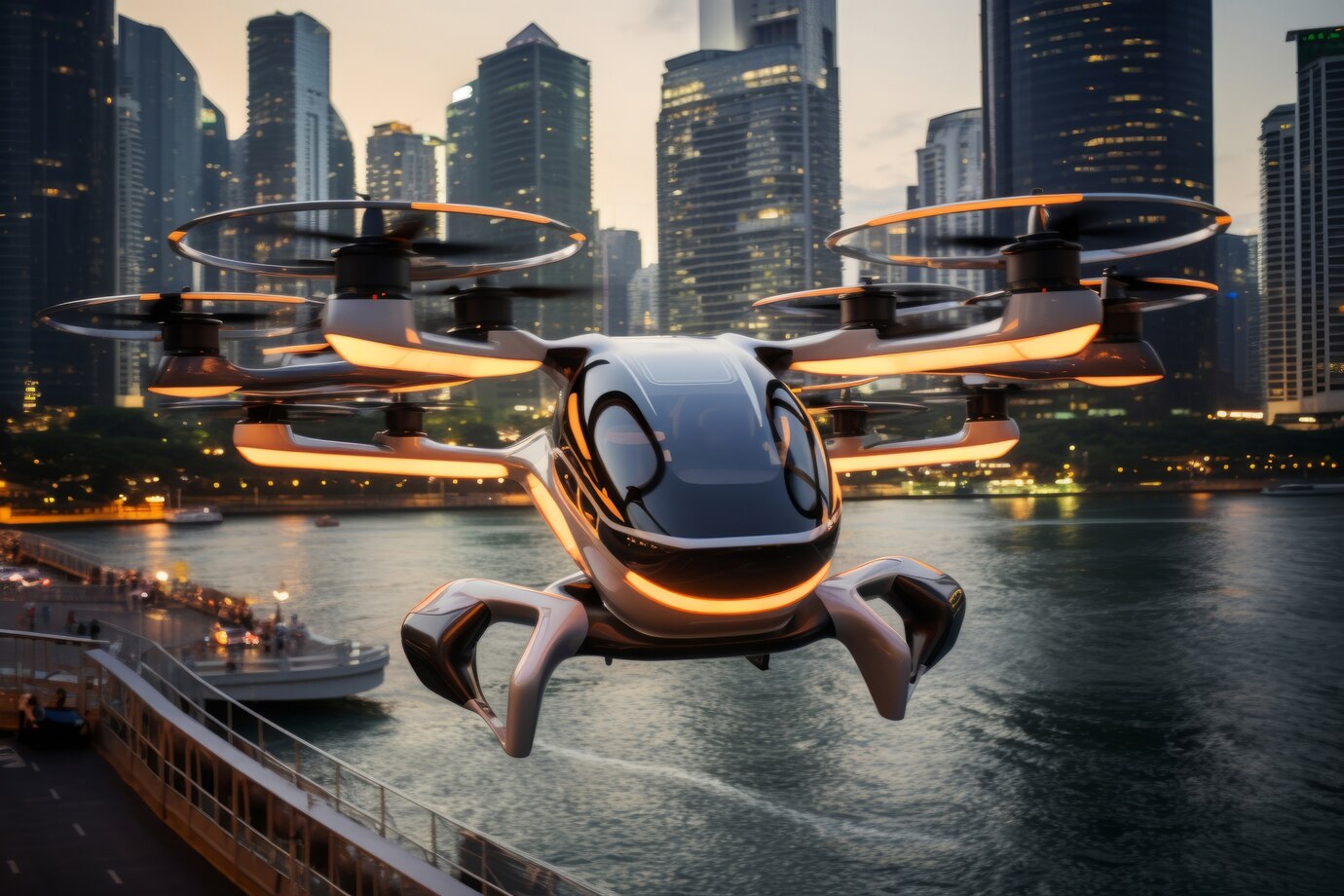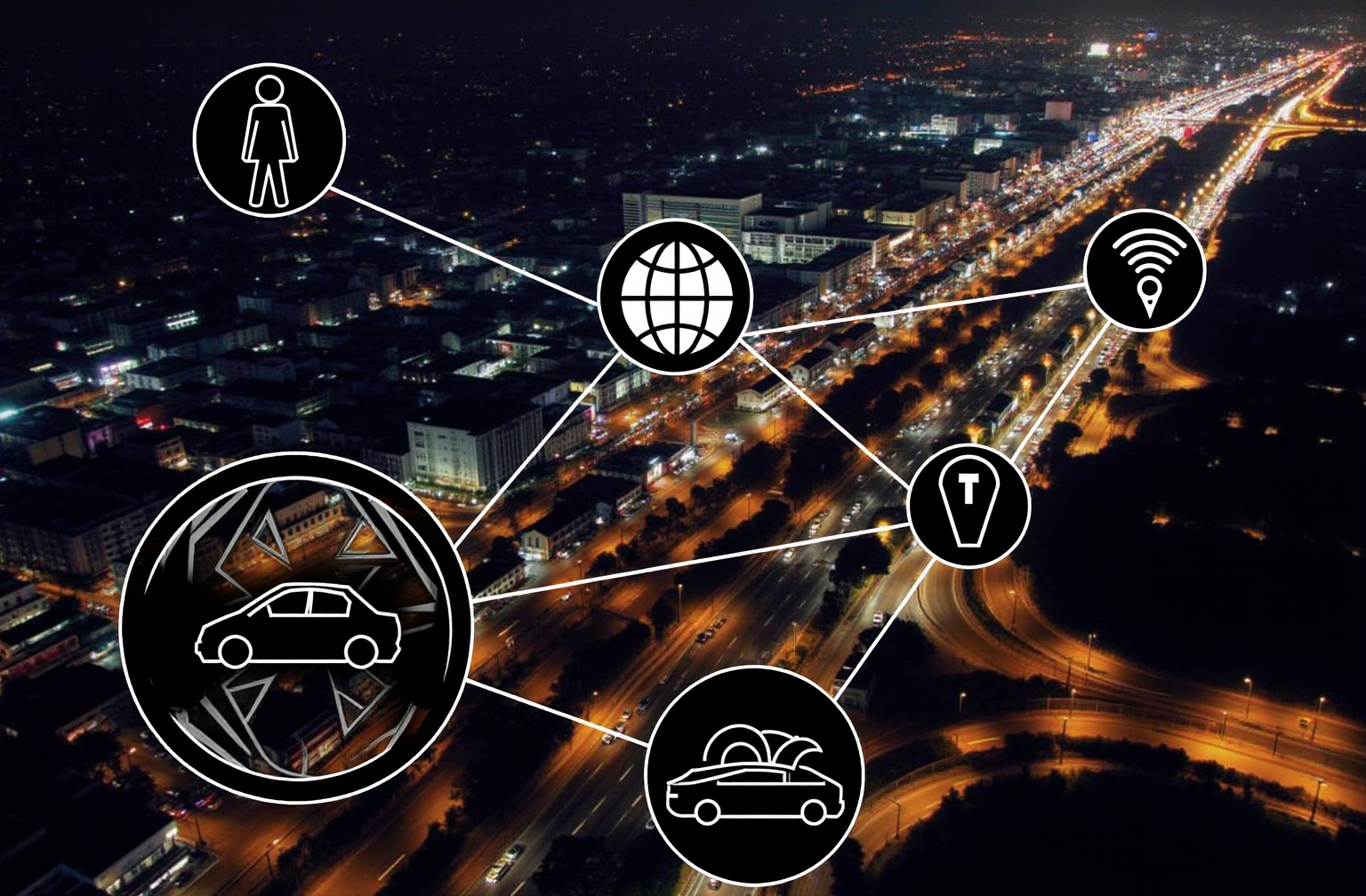Aviation Training Can Boost the Prospects for Urban Air Mobility
Urban air mobility is becoming the go-to mode of urban transport. This will replace traditional modes of transport because of their advantages. Almost

The drone taxi industry is transforming, marking an essential moment in the evolution of urban air mobility. This increase in the need for drone pilots is directly proportional to the escalating popularity of drone taxis as an efficient urban transport solution, with eVTOL technology being key in this paradigm shift.
The demand for skilled drone pilots in the drone taxi industry reflects the sector's rapid expansion
The incorporation of eVTOL technology promises improved urban connectivity and showcases the industry's commitment to innovation in shaping the future of urban mobility.

The growth of the drone taxi industry is not just about creating job prospects but also about fostering an accomplished workforce to meet the demands of a fast-evolving sector. The collaborative synergy between traditional aviation companies and tech startups fosters innovation and expertise, leading to various employment prospects within the industry. With the expansion of the industry, the demand for drone pilots is set to rise, shaping a workforce pivotal in effectively integrating eVTOL technology into urban air mobility networks.

eVTOL drones transform urban transportation by providing faster and efficient travel options with negligible environmental impact. These cutting-edge drone designs offer quicker commutes between cities and reduce carbon emissions compared to traditional aircraft. Volocopter's VoloCity eVTOL aircraft represents a revolutionary progression in sustainable air mobility, showcasing eVTOL technology's potential in shaping urban transport's future.

eVTOL vehicles address environmental concerns in urban settings by diminishing noise pollution and providing a sustainable transportation solution. Integrating eVTOL technology is important in reducing carbon emissions, supporting global initiatives for combating climate change, and improving air quality in urban areas. Implementing eVTOL drone taxis can alleviate traffic congestion in populated cities. With their vertical takeoff and landing capabilities, these can access congested urban locations, enhancing urban connectivity and reducing reliance on road transport. By promoting sustainable urban mobility, eVTOL technology is reforming urban transportation and offering a more efficient mode of travel in metro cities.

The environmental benefits of drone taxis are much more than traffic reduction and alleviation. They offer substantial emissions reduction compared to traditional transport modes. eVTOL vehicles decrease carbon footprints and reduce dependence on fossil fuels. Adopting eVTOL technology is important in enhancing urban air quality and reducing GHG emissions, contributing to a healthier urban environment.
By combining suitability, sustainability, and environmental stewardship, eVTOL drone taxis drive a paradigm shift in urban transport, aligning with global initiatives to create cleaner cities.

The rapid development of the drone taxi industry creates job opportunities for pilots and fosters diverse career paths within the sector. Along with piloting roles, emerging positions for air traffic controllers, maintenance technicians, and operations managers are essential for the seamless operation of air taxi services.
As the demand for air taxi services continues to rise, the need for a skilled workforce across various domains plays an essential role in ensuring the seamless integration of eVTOL technology into urban air mobility networks, transforming urban transportation, and creating diverse employment opportunities within the aviation industry.

Governments are collaborating with industry stakeholders to establish regulatory guidelines for safely integrating drone taxis into urban airspace. Regulatory agendas for urban air mobility include various aspects, including airspace management, pilot licensing standards, and safety protocols, to facilitate the seamless operation of eVTOL services. By aligning regulatory standards with the operational demands of eVTOL technology, regulatory bodies play a crucial role in shaping a skilled workforce for the drone taxi industry while upholding the highest safety standards.
With the industry's evolution, partnerships between drone training institutions and eVTOL manufacturers become increasingly vital in shaping comprehensive training programs that cater to the operational requirements of drone taxis.
By investing in trailblazing training methods and aligning with regulatory standards, the industry enters a new era of urban air mobility that endorses environmental sustainability and financial growth while providing many job opportunities for drone professionals.
If you want to become a trained drone pilot, you can join us at Flapone Aviation. We are one of the finest drone and aviation training institutes and what makes us best is our commitment to providing the best-in-class theoretical and practical experience to all the aspiring drone taxi pilots.
Whether you're a beginner or looking to upskill, our training advisors can help you choose the right course.